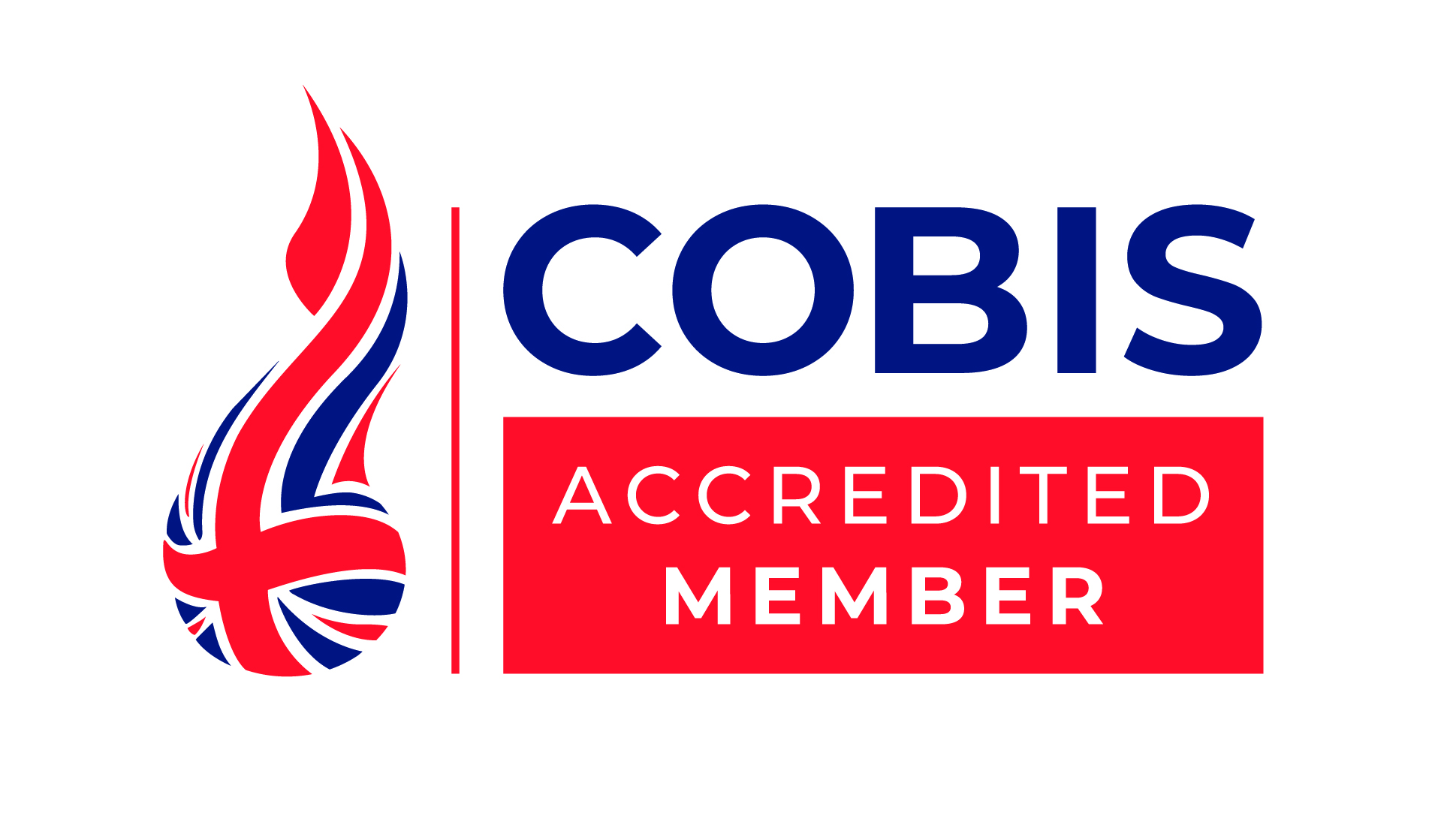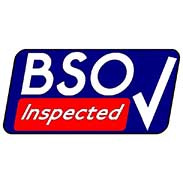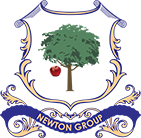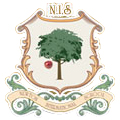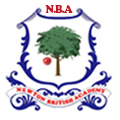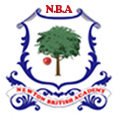-
Exploring the World of Mines – Types, Techniques, and Safety Tips
-
Mine Types Unveiled
-
Understanding Surface Mining and Its Application
-
Delving into Underground Mining Operations
-
Comparing Placer and Mountain Top Removal Approaches
-
Placer Mining
-
Mountain Top Removal
-
Comparison Summary
-
Mining Techniques Demystified
Exploring the World of Mines – Types, Techniques, and Safety Tips
Mining has evolved into a multidimensional field, with various methodologies adapted to extract natural resources efficiently. Among countless extraction practices, surface and underground approaches stand out as the primary categories. Surface mining, which includes techniques like open-pit and mines game hack strip mining, allows for larger-scale extraction, making it economically viable for certain minerals. On the other hand, underground mining encompasses methods such as room-and-pillar and block caving, providing solutions for resource deposits located deeper beneath the earth’s crust.
When considering extraction methods, it is paramount to evaluate geological formations and ore characteristics. For instance, the selection of a specific technique often hinges on the mineral type and its spatial distribution. Geological surveys and exploration drilling are essential preliminary steps that inform miners of the best strategy for resource recovery. Additionally, the integration of advanced technologies, such as automated systems and drones, has revolutionized operations, enhancing accuracy and reducing labor costs.
However, the focus on productivity must not overshadow the imperative of implementing robust safeguarding measures. Familiarity with operational hazards is crucial for any individual in the field. Employing protective equipment such as helmets, goggles, and respirators mitigates risks associated with falling debris, airborne particulates, and machinery. Regular training sessions on emergency protocols and regular equipment maintenance further bolster workplace safety, ensuring that both miners and surrounding communities remain unharmed.
Mine Types Unveiled
Underground operations are classified into several categories based on extraction methods and materials processed. Among the most prominent are surface, underground, and placer mining.
Surface extraction involves removing soil and rock to access minerals close to the earth’s surface. This method is often more cost-effective and safer than underground alternatives. It includes subcategories like open-pit and strip mining, primarily utilized for coal, copper, and gold.
Underground excavation refers to accessing deeper mineral deposits, utilizing techniques such as room-and-pillar and cut-and-fill. Room-and-pillar creates a grid-like structure, leaving supportive pillars to hold up the surface. Conversely, cut-and-fill involves sequentially removing material, filling in voids with waste rock. This method is preferable for ore bodies with irregular shapes.
Placer extraction focuses on sediments transported by water, where valuable materials like gold or gemstones accumulate. Techniques often employed include panning, sluicing, and dredging. Panning involves a simple handheld technique, while sluicing employs a channel with riffles to capture heavier particles.
Understanding specific mining operations enhances knowledge on resource extraction and implications for environmental sustainability. Each method presents unique challenges, including economic viability and ecological impact, thus highlighting the need for responsible practices in resource management.
Understanding Surface Mining and Its Application
Surface extraction is a prevalent method for mineral recovery, particularly for resources located close to Earth’s surface. This process typically utilizes techniques such as open-pit and strip mining, enabling efficient access to valuable materials like coal, copper, and gold.
In open-pit operations, large holes are dug into the ground, resulting in a terraced structure that facilitates the removal of ore. This method allows for the maximization of mineral yield while minimizing the extraction costs. Its implementation demands meticulous planning, including geological surveys to assess rock stability, resource distribution, and potential environmental impacts.
Strip mining is another approach, where overlying soil and rock, known as overburden, are removed to expose underlying minerals. This technique is predominantly used for coal extraction and relies on systematic removal of layers, followed by reclamation of disturbed land once the operation is complete. It is crucial to maintain proper waste management practices to prevent contamination of surrounding ecosystems.
Techniques employed in surface extraction include drilling, blasting, and hauling. Blast fragmentation is essential; appropriate explosives must be chosen based on geological characteristics to optimize ore recovery and minimize environmental disturbance. Drilling patterns and depth will depend on material type, which influences subsequent processing procedures.
Mitigating risks to workers and surroundings remains a priority. Regular monitoring of air quality and implementing dust control measures are vital for maintaining a safe environment. Additionally, training personnel on emergency protocols ensures readiness for unforeseen incidents. Compliance with local regulations can significantly reduce legal and financial repercussions.
The reclamation phase is equally critical. It involves restoring land to its original state or developing it for alternative uses, promoting biodiversity and reducing long-term ecological damage. Sustainable practices during both extraction and reclamation processes present an opportunity for mining companies to enhance their public image and adhere to corporate social responsibility standards.
In summary, surface mining operations rely on various efficient techniques to extract minerals while prioritizing safety and environmental stewardship. Understanding these methodologies is integral for stakeholders involved in the mining industry.
Delving into Underground Mining Operations
Underground extraction involves accessing mineral deposits located deep beneath the surface. This method typically relies on shaft and incline access, allowing workers to reach targeted areas efficiently. Common minerals extracted include gold, silver, copper, and coal, each requiring specific mining strategies.
Logistics play a crucial role in planning underground ventures. Adequate ventilation systems must be installed to ensure air circulation and reduce harmful gas accumulation. This often involves creating crosscuts and drifts to enhance airflow throughout operational zones.
Support systems are vital to maintain structural integrity in underground workings. Rock bolts, mesh, and shotcrete reinforce walls and ceilings, mitigating the risk of collapses. Continuous monitoring for geological stability further enhances safety for miners.
Transporting extracted materials necessitates robust machinery. Rail systems and conveyor belts are common for moving ores to the surface. Efficiently designing these transport routes minimizes delays and maximizes output.
Technological advancements have transformed underground operations. Automation and remote-controlled equipment now perform high-risk tasks, reducing miner exposure to hazardous conditions. Drones can survey inaccessible areas, providing crucial data without endangering personnel.
Resource management is essential for successful operations. Regular assessments of mineral reserves help in planning future extractions. Implementing sustainable practices during closure processes ensures that sites are rehabilitated and can positively impact surrounding ecosystems.
Emergency preparedness cannot be overlooked. Workers must undergo regular drills, familiarizing them with escape routes and protocols. Implementing communication systems ensures rapid response during crises, safeguarding all personnel involved.
Comparing Placer and Mountain Top Removal Approaches
Placer mining and mountain top removal represent distinct methodologies for mineral extraction, each with specific characteristics and environmental implications.
Placer Mining
This technique involves the extraction of valuable minerals from sediments, often in riverbeds or streams. Typically, placer operations focus on materials such as gold, gemstones, and heavy minerals.
- Methodology: Utilizes gravity separation, allowing heavier minerals to sink while lighter materials are washed away.
- Equipment: Common tools include sluice boxes, pans, and highbankers. Dredging may also occur in underwater sites.
- Environmental Impact: Generally less disruptive than other methods, although sediment runoff can affect aquatic ecosystems.
- Cost Efficiency: Lower operational costs compared to large-scale methods, making it accessible for small-scale miners.
Mountain Top Removal
This practice consists of removing entire summits of mountains to access underlying coal seams, generating significant energy resources but provoking substantial ecological concerns.
- Methodology: Involves blasting and removing overburden, transporting it to nearby valleys or water bodies, which raises concerns about waste management.
- Equipment: Heavy machinery such as draglines, shovels, and trucks dominate these operations for efficiency.
- Environmental Impact: Causes habitat destruction, deforestation, and water pollution, significantly affecting local biodiversity.
- Regulation: Subject to stricter regulations due to environmental concerns, often facing opposition from communities and environmental groups.
Comparison Summary
- Extraction Location: Placer is site-specific (riverbeds), while mountain top removal involves large-scale landscape alteration.
- Environmental Concerns: Placer bears minimal ecological disturbance; mountain top removal leads to extensive habitat loss.
- Resource Types: Placer primarily targets gold and gemstones, mountain top removal focuses on coal extraction.
- Economic Aspects: Placer mining is often economically favorable for smaller operations; mountain top removal necessitates high capital investment but can yield significant coal reserves.
Understanding these methodologies helps in assessing their impacts and potential benefits, leading to informed decisions in mineral extraction activities.
Mining Techniques Demystified
In contemporary extraction practices, several methods are employed, each tailored for specific resources and geological conditions. Strip mining, for example, involves removing layers of soil and rock to access minerals near the surface, suitable for coal and certain ores. This approach is efficient but can lead to significant environmental disruption if not managed properly.
Open-pit mining is another prevalent method, characterized by the excavation of a large, terraced pit to extract minerals. This technique is commonly used for gold, copper, and other metals. While effective for large-scale operations, it generates considerable waste and landscape alteration.
Underground extraction offers an alternative when deposits lie deep beneath the surface. Techniques such as shaft mining and room-and-pillar are utilized to navigate complex subterranean networks. This method minimizes surface disruption but poses challenges related to ventilation and worker safety.
Placer mining targets alluvial deposits, where minerals are separated from sediment using water, often found in riverbeds. This method is particularly productive for gold and gemstones, relying on gravity to sort heavier materials from lighter ones.
Advanced technologies like hydraulic fracturing and block caving have transformed extraction efficiency. Hydraulic fracturing involves injecting fluid under pressure to fracture rock, facilitating resource recovery from less permeable formations. Block caving allows for large volumes of ore to be extracted simultaneously, reducing operational costs.
Regardless of chosen methods, implementing robust safety measures is crucial. Regular training for personnel, adherence to regulations, and thorough risk assessments prevent accidents. Equipment maintenance and emergency preparedness plans further enhance site safety. Keeping the workforce informed and engaged is vital to fostering a culture of safety.


